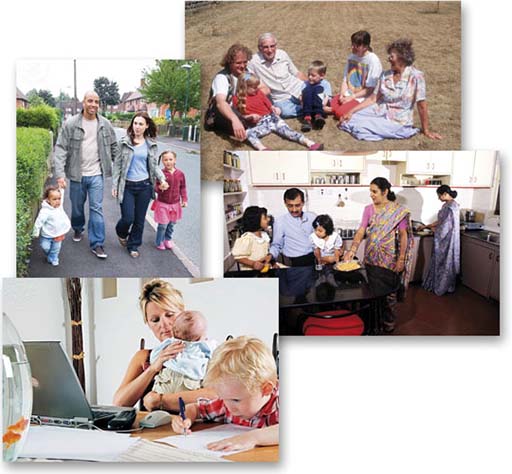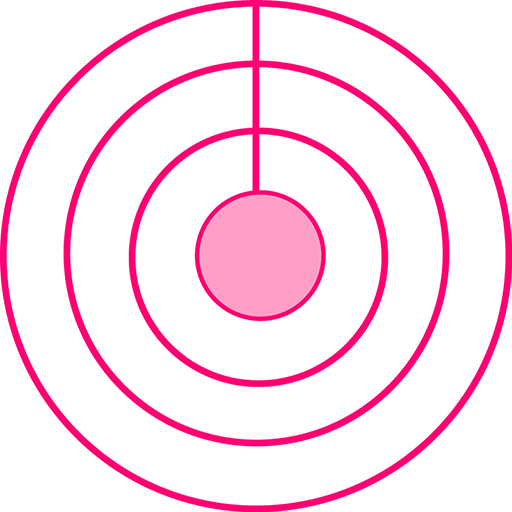5 Family
It is difficult to define the notion of a ‘family’. Although some people may still have a stereotypical image of a family – a mother, father and two children – this is not the family form that many people will have experienced. Nearly half of all children in the UK are now born outside of marriage (more than half in Scotland; see National Records of Scotland [Tip: hold Ctrl and click a link to open it in a new tab. (Hide tip)] ). Over three million couples cohabit (Office for National Statistics, 2017) and there are nearly three million lone parents with dependent children in the UK (Office for National Statistics, 2017). Government data from 2019 suggests that there are now 212,000 same sex families across the UK, an increase of 40 per cent registering as such since 2015. The number of same sex couples raising children has remained the same as in 2013 at around 12,000 (FFLAG, 2021). Statistics easily demonstrate that family ‘norms’ change over time.

In the following activity, you are going to consider what the term ‘family’ means to you and what the difficulties of defining ‘family’ are. You will then start to think about why and how the state regulates and intervenes in family life within the UK.
Activity 2 What is a ‘family’?
In this activity you will think about who you are closest to or who the most significant people in your life are. Using a piece of paper, create a ‘map’ of significant people in your life – you should copy the image below as a template.
- Begin by writing ‘YOU’ in the centre circle on your piece of paper.
- Next, write the names (and their relationship to you) of those individuals who are most significant in your life in the first circle out from the centre.
- In the next circle out, add those people that you are ‘less close to’, but who are ‘still very important’.
- In the outer circle, add any people who you have not already mentioned but who are important enough in your life to be included.
- Finally, highlight the ones you would consider to be within your own definition of your family.
In general terms, how would you define a ‘family’?
Does it matter how we, collectively or personally, define a family?
Discussion
You may have found the task of defining your family fairly easy – but it can be difficult to decide where the boundaries of your family lie. Some people may include lifelong friends, ‘distant’ relatives and biologically unrelated siblings.
Trying to arrive at a definition of ‘family’ that allows for all the ways in which different people see their own family is difficult. But is this a problem? While each of us having a different definition of the word ‘family’ does not create difficulties for us in everyday life, it can create difficulties for the people who make the law; it is difficult, if not impossible, to make laws that apply to every family when every family is different.

